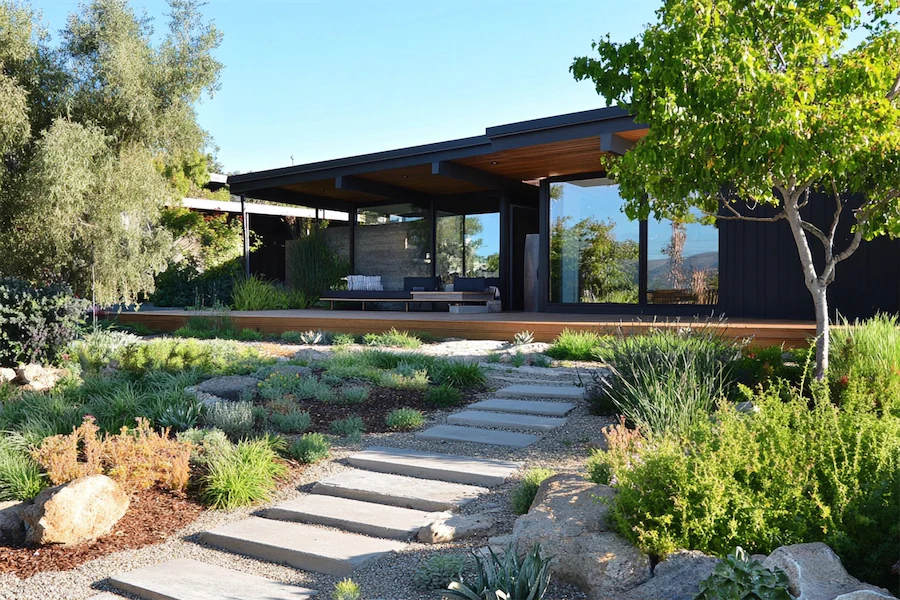A native grass garden is a thoughtfully designed landscape that incorporates grasses indigenous to a specific region. These gardens offer numerous benefits, including reduced maintenance, water conservation, and support for local wildlife.
History and Origins of Native Grass Gardens
The practice of cultivating native grasses dates back centuries, with indigenous communities utilizing these plants for various purposes, such as food, medicine, and materials. In modern landscaping, the use of native grasses gained prominence as a response to the environmental impacts of traditional lawns, leading to the development of sustainable gardening practices that emphasize ecological harmony.
Key Features of Native Grass Gardens
- Biodiversity Enhancement: Native grasses provide habitat and food sources for local fauna, including pollinators and bird species, thereby promoting biodiversity.
- Low Maintenance: Once established, native grasses typically require minimal watering, fertilization, and mowing compared to conventional lawns, making them an eco-friendly choice.
- Erosion Control: The deep root systems of native grasses help stabilize soil, reducing erosion and improving soil health.
Applications of Native Grass Gardens
- Residential Landscaping: Homeowners can replace traditional lawns with native grass gardens to create aesthetically pleasing and sustainable outdoor spaces.
- Public Spaces: Parks and urban areas can incorporate native grasses to enhance green spaces, support wildlife, and reduce maintenance costs.
- Restoration Projects: Native grasses are essential in ecological restoration efforts, aiding in the recovery of degraded landscapes and the reestablishment of natural habitats.
Considerations When Choosing a Native Grass Garden
- Climate Compatibility: Select grass species that are native to your region to ensure they are well-adapted to local climate conditions.
- Soil Type: Assess soil characteristics, such as texture and drainage, to choose appropriate grass species that will thrive in your garden.
- Maintenance Goals: Determine the desired level of upkeep; while native grasses are generally low-maintenance, some species may require periodic care, such as trimming or controlled burns, to maintain their appearance and health.
Conclusion
Incorporating a native grass garden into your landscape is a sustainable and visually appealing way to connect with the natural environment. By choosing plants that are adapted to your region, you can create a resilient garden that supports local ecosystems, conserves resources, and offers enduring beauty throughout the seasons.
